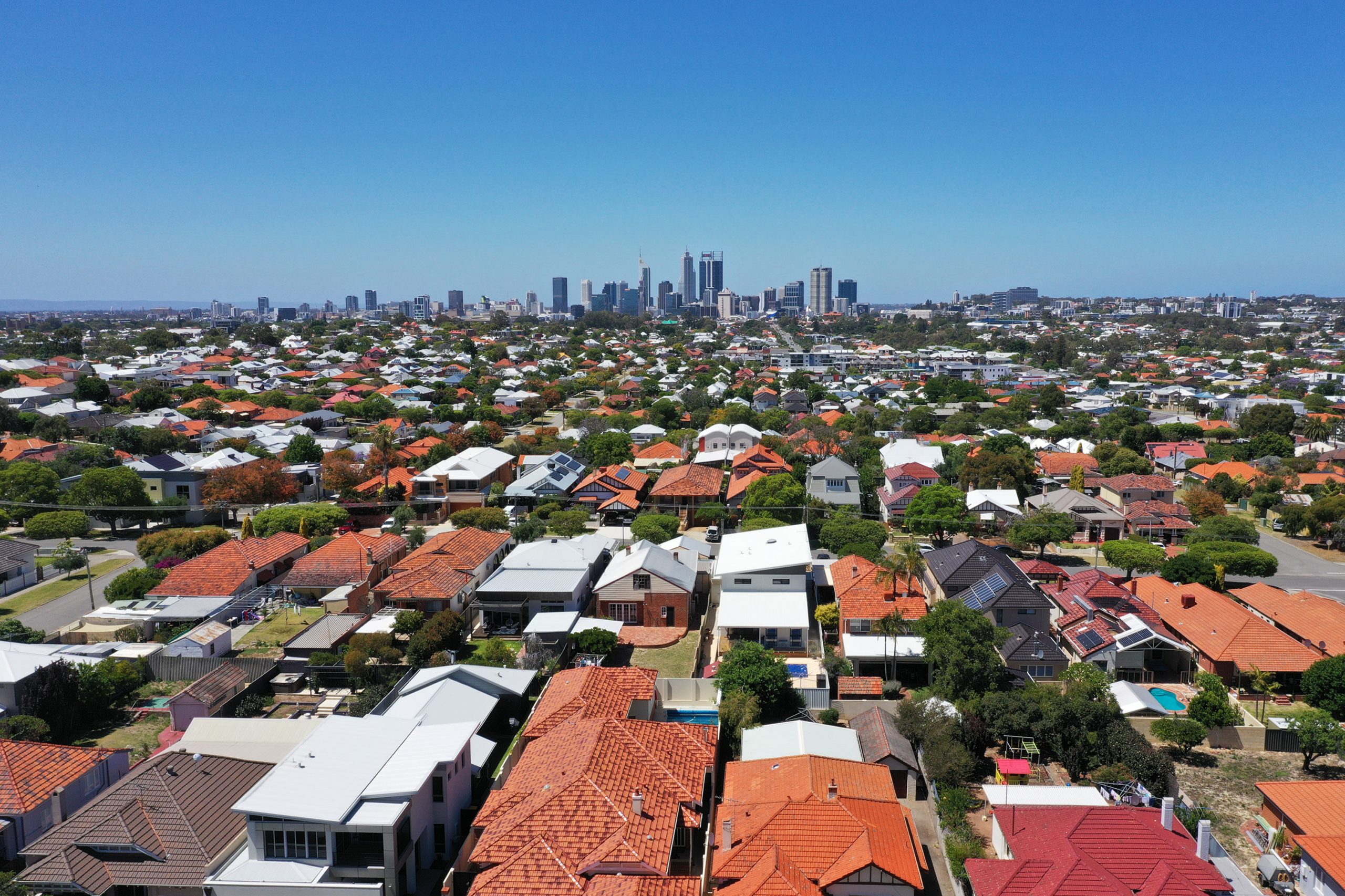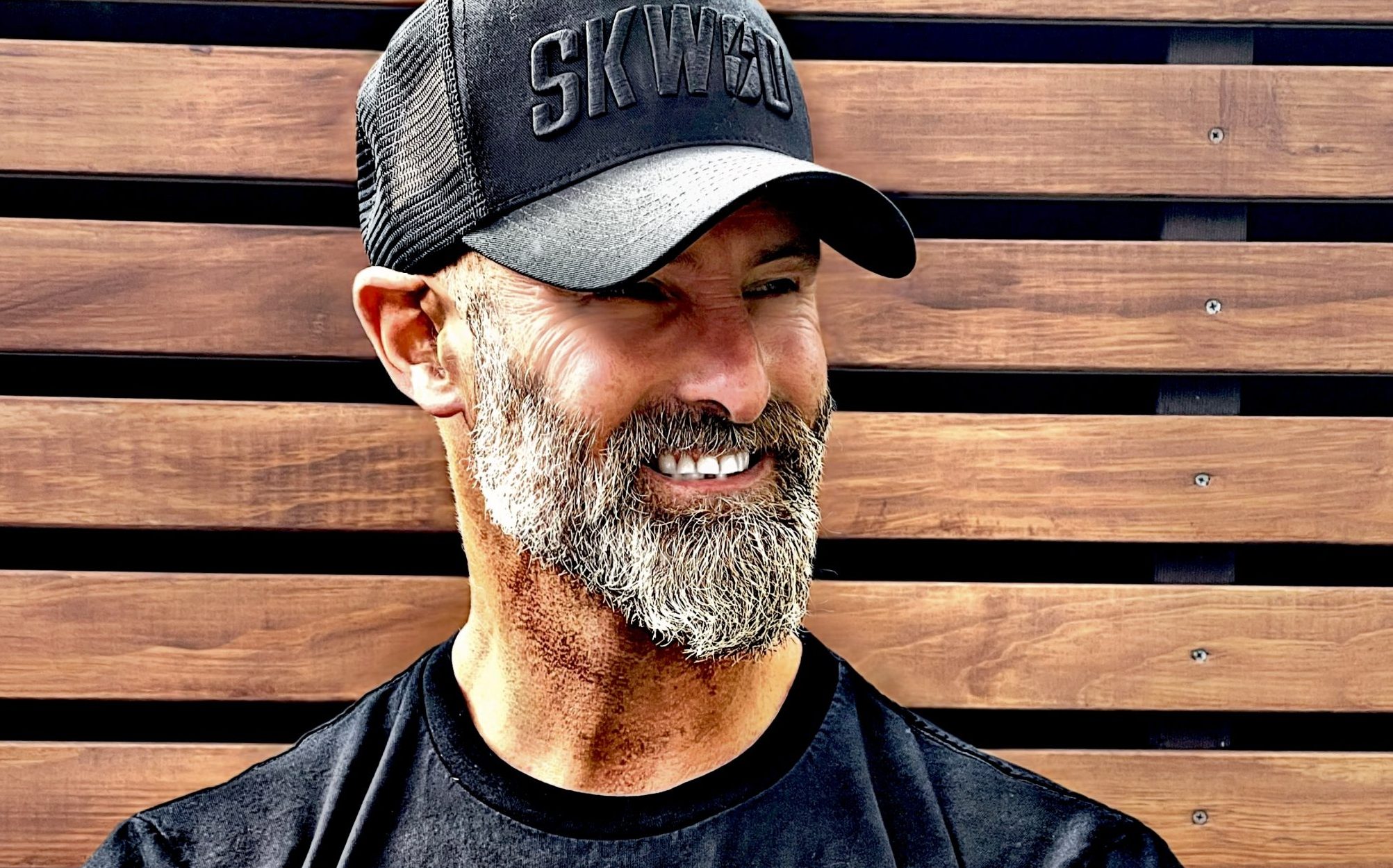Home values still growing but at slower speeds
Perth and Adelaide now more expensive than Melbourne
Australian home prices increased for the 19th consecutive month in August, with the national median price rising by 0.5% to a median $802,357, according to new figures from CoreLogic. However, there is significant diversity between the capital city markets, with some areas recording price falls. Home values rose the most in Perth at 2 percent but fell the most in Canberra by 0.4 percent.
CoreLogic says the pace of price growth across the country is slowing, primarily due to affordability constraints and an easing of very tight supply and demand in the strongest markets. Over the three months ending August 30, the national median rose by 1.3 percent, which is less than half the 2.7 percent increase recorded over the same period last year.
Perth remains the hottest property market in the country, with values rising 2 percent to a median of $785,250 last month. Values rose by 1.4% in Adelaide to a median $790,789, and by 1.1% in Brisbane to a median $875,040. Sydney home values lifted by 0.3% to a median price of $1,180,463.
Four capital cities saw a fall in home prices in August, led by Canberra with an 0.4 percent fall to a median value of $845,875. Melbourne and Darwin recorded an 0.2 percent drop to a median of $776,044 and $504,367, respectively. Hobart values softened by 0.1 percent to $655,114.
For the first time since February 2015 when Western Australia was coming out of a mining boom, Perth’s median home value is now higher than Melbourne’s median price. Adelaide has also reached a new milestone with its median value also exceeding Melbourne’s for the first time in the four decades that CoreLogic has been tracking home prices.
Melbourne’s median price is now the third lowest among the capital cities. While the city’s higher proportion of apartments skews its overall home price median lower, there are other factors behind Melbourne’s softening market. These include higher supply, with Victoria building more homes over the past decade than any other state or territory, and lower investor demand due to increased taxes.
CoreLogic’s Head of Research, Eliza Owen said seasonality may have contributed to weaker overall value growth throughout Winter, but affordability was the greater factor. Higher interest rates are limiting buyers’ borrowing capacity and high cost of living pressures are reducing demand.
CoreLogic estimates that an affordable purchase for a median-income household is just $500,000. However, the national median value has just risen above $800,000. Ms Owen said this discrepancy has likely narrowed the buyer pool to wealthier and higher-income buyers.
Sydney
Sydney’s median house price rose by 0.3 percent in August to $1,471,892. The median apartment price rose by 0.5 percent to $859,050.
Melbourne
Melbourne’s median house price fell by 0.2 percent in August to $929,715. The median apartment price dipped 0.1 percent to $610,652.
Brisbane
Brisbane’s median house price increased by 0.9 percent in August to $966,382. The median apartment price rose by 1.7 percent to $653,325.
Adelaide
Adelaide’s median house value lifted 1.4 percent in August to $844,963. The median apartment price rose by 1.5 percent to $555,464.
Perth
Perth’s median house price rose strongly by 1.9 percent in August to $818,839. The median apartment price increased by 2.2 percent to $561,582.
Canberra
Canberra’s median house price eased 0.3 percent in August to $967,933. The median apartment price fell 0.5 percent to $579,774.
Hobart
Hobart’s median house price dipped 0.4 percent in August to $692,606. The median apartment price went the other way, rising by 1.3 percent to $549,569.
Darwin
Darwin’s median house price dipped by 0.1 percent in August to $589,392. The median apartment price fell 0.5 percent to $355,297.
A divide has opened in the tech job market between those with artificial-intelligence skills and everyone else.
A 30-metre masterpiece unveiled in Monaco brings Lamborghini’s supercar drama to the high seas, powered by 7,600 horsepower and unmistakable Italian design.
A 30-metre masterpiece unveiled in Monaco brings Lamborghini’s supercar drama to the high seas, powered by 7,600 horsepower and unmistakable Italian design.
When Lamborghini takes to the water, subtlety isn’t on the agenda. Unveiled at the Monaco Yacht Show, the Tecnomar for Lamborghini 101FT is a 30-metre superyacht that fuses Italian automotive theatre with cutting-edge naval engineering.
The model builds on the collaboration that began in 2020 with the Tecnomar for Lamborghini 63, a sell-out success that celebrated the marque’s founding year.
This new flagship pushes the partnership between Automobili Lamborghini and The Italian Sea Group to a grander scale, designed to deliver the same adrenaline rush at sea that drivers expect behind the wheel.
“The Tecnomar for Lamborghini 101FT redefines the concept of nautical luxury,” said Stephan Winkelmann, Chairman and CEO of Automobili Lamborghini.
“It is not only a yacht, but an affirmation of Italian excellence. The Italian Sea Group and Automobili Lamborghini share an exclusive clientele who are passionate about beauty, technology, and extreme performance.”
Design cues are unmistakably Lamborghini. The yacht’s sharp exterior lines echo the Fenomeno supercar revealed at Monterey Car Week, complete with Giallo Crius launch livery and signature Y-shaped lighting.
Inside, the cockpit and lounges mirror the DNA of Sant’Agata supercars through hexagonal motifs, sculptural seating and dramatic contrasts. With accommodation for up to nine guests and three crew cabins, indulgence meets practicality on every deck.
Performance is equally uncompromising. Three MTU 16V 2000 M96L engines and triple surface propellers generate a combined 7,600 horsepower, driving the yacht to 45 knots at full throttle, with a cruising speed of 35 knots. Two 35 kW generators provide additional efficiency and reliability, ensuring the yacht’s power matches its presence.
Mitja Borkert, Lamborghini’s Design Director, said: “With the Tecnomar for Lamborghini 101FT, we aimed to create a product that embodies the main design characteristics of our super sports cars. All the details, from the exterior to the colour, to the interior areas, recall and are inspired by Lamborghini’s DNA.”
Presented in scale at Monaco, the definitive Tecnomar for Lamborghini 101FT is scheduled to hit the water at the end of 2027. For those who demand their indulgence measured not only in metres but in knots, this is Lamborghini’s most extravagant expression yet.
From mud baths to herbal massages, Fiji’s heat rituals turned one winter escape into a soul-deep reset.
An opulent Ryde home, packed with cinema, pool, sauna and more, is hitting the auction block with a $1 reserve.

























